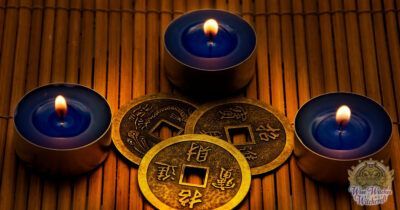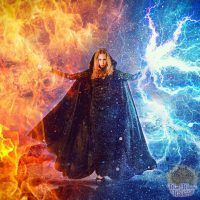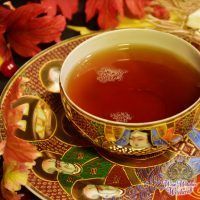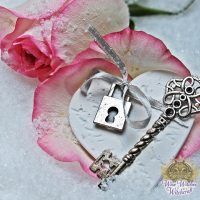Related Beliefs – Tarot
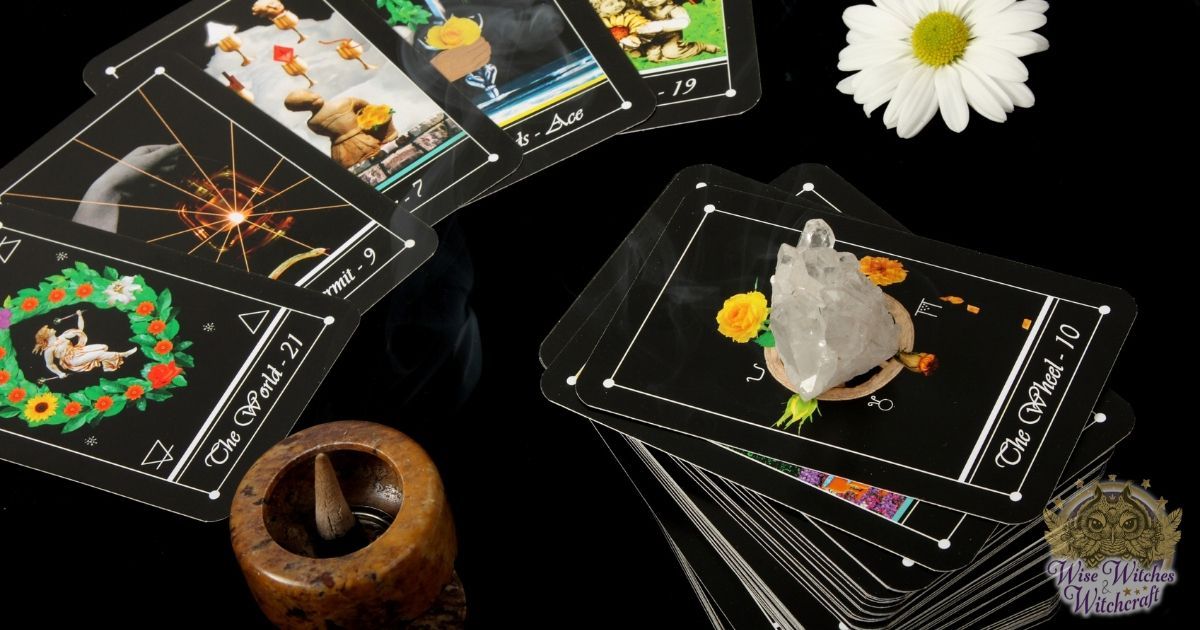
Tarot is method of divination using a set of Tarot cards. The divinatory meanings of the cards are derived mostly from the Kabbalah of Jewish mysticism and from medieval alchemy. In Europe, especially in France and Italy, the cards are also still used to play various games with no divinatory or occult associations.
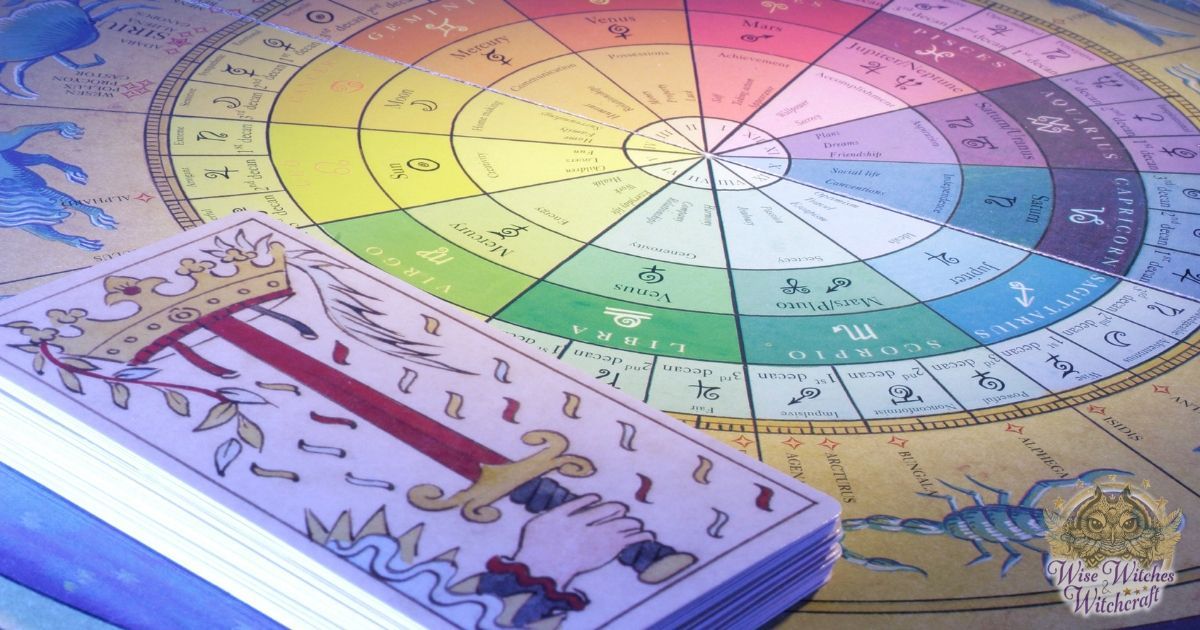
The first playing cards entered Europe in the 14th Century (probably from Persia), and allegorical illustrations began to be added in the 15th Century, varying from Greek gods to philosophical, social, poetical, astronomical and heraldic ideas, reflecting the conventional iconography of the time. The first Tarot decks were created between 1410 and 1430 in northern Italy, (where they were known as “carte da trionfi”, the origin of the English word “trump”), and the oldest surviving decks were painted for the Visconti-Sforza family of Milan in the mid-15th Century. For a long time, Tarot cards and playing cards in general (being hand-painted) remained a privilege for the upper classes, and it was only after the invention of the printing press in the mid-15th Century that mass production of cards became possible.
Although there is some evidence of playing cards being used for divination as early as the 16th Century, the first documented examples of the use of Tarot for divination purposes date from the late 18th Century in pre-Revolution France. A French occultist named Alliette, under the pseudonym “Etteilla” (his name reversed), designed the first esoteric Tarot deck, adding astrological attributions and “Egyptian” motifs to various cards, and adding divinatory meanings in text on the cards. Later, Mademoiselle Marie-Anne Le Normand popularized divination and cartomancy in general (although not using Tarot) during the reign of Napoleon.
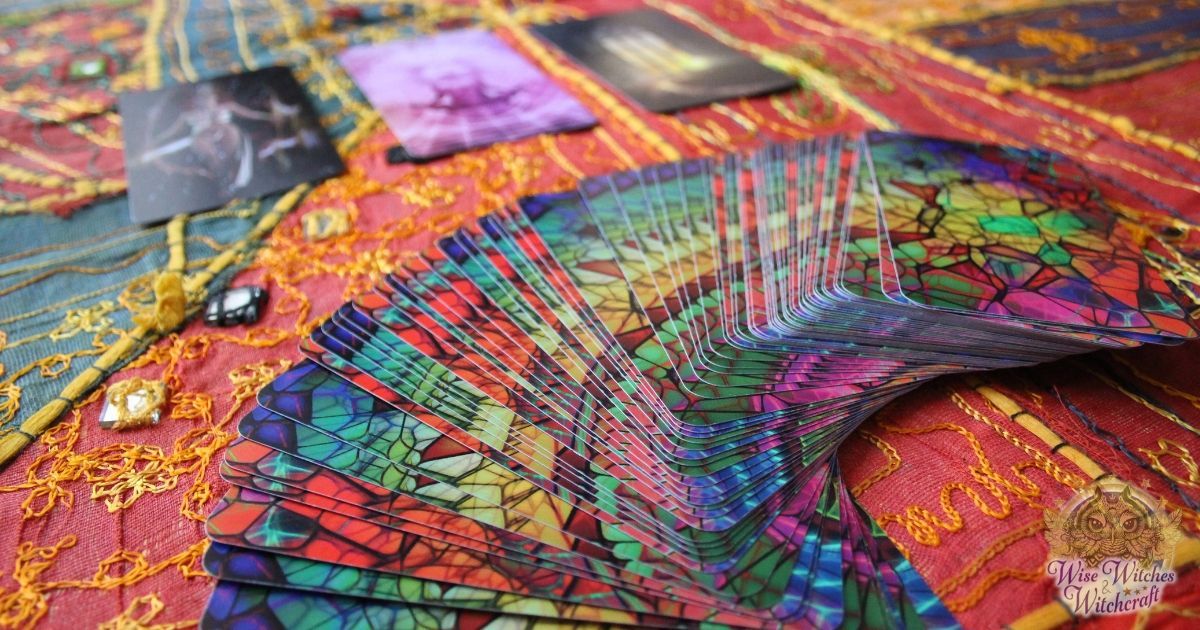
Tarot was not widely adopted by ,mystics, occultists and secret societies until the late 18th and 19th Centuries, especially after the Swiss clergyman and Freemason Antoine Court de Gébelin published in 1781 his “Le Monde Primitif”, a speculative and rather fanciful study of religious symbolism and its survival in the modern world. The idea of the cards as a mystical key was further developed by Eliphas Lévi (often considered to be the true founder of most contemporary schools of Tarot) and was passed to the English-speaking world by the Hermetic Order of the Golden Dawn. In his 1854 “Dogme et Rituel de la Haute Magie”, Lévi introduced an interpretation of the cards which related them to Hermetic Qabalah and to the four elements of Alchemy.
Tarot divination became increasingly popular after 1910, with the publication of the Rider-Waite (or Rider-Waite-Smith) Tarot, drawn by the artist Pamela Colman Smith to the instructions of the academic and mystic ,A. E. Waite (both members of the Golden Dawn), and published by the Rider Company. This deck replaced the traditionally simple pip cards with images of symbolic scenes, and further obscured the Christian allegories of the older Tarot decks by changing some attributions (e.g. changing “The Pope” to “The Hierophant” and “The Popess” to “The High Priestess”). The Rider-Waite deck still remains extremely popular in the English-speaking world, although a huge number of different decks have been created over the years, some traditional, some vastly different, as well as the creation of divinatory Oracle card decks.
A Tarot set typically consists of seventy-eight cards: fifty-six “Minor Arcana” (lesser secrets) cards and twenty-two “Major Arcana” (greater secrets) cards. The Minor Arcana consists of four suits (Pentagrams, Swords, Wands, and Cups) of fourteen cards each, ten “pip” cards and four “face” cards: the Page, the Knight, the Queen, and the King. The Major Arcana consists of The Fool and the twenty-one “trump” cards: The Magician, The High Priestess, The Empress, The Emperor, The Hierophant, The Lovers, The Chariot, Strength, The Hermit, The Wheel of Fortune, Justice, The Hanged Man, Death, Temperance, The Devil, The Tower, The Star, The Moon, The Sun, Judgement and The World.
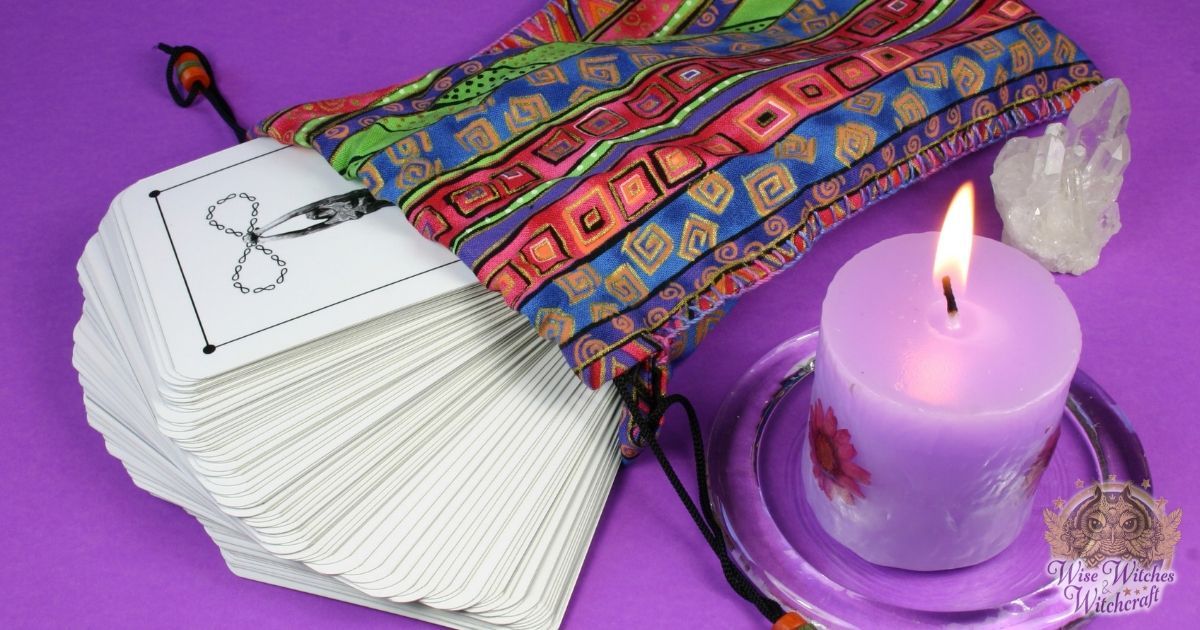
Tarot reading, which is a form of cartomancy, revolves around the belief that the cards can be used to gain insight into the current and possible future situations of a subject, whether through guidance by some spiritual force or through tapping into a collective unconscious. Each card has a variety of symbolic meanings that have evolved over the years, often bearing striking similarities to philosophy found in the Jewish Kabbalah and in Alchemy. The cards are laid out in one of a variety of patterns or “spreads”, and are then interpreted by the reader, who determines which meaning to apply based on the card’s location in the spread and which cards are turned up around it (also, common sense is used to discard meanings which have no relevance to the question asked).

